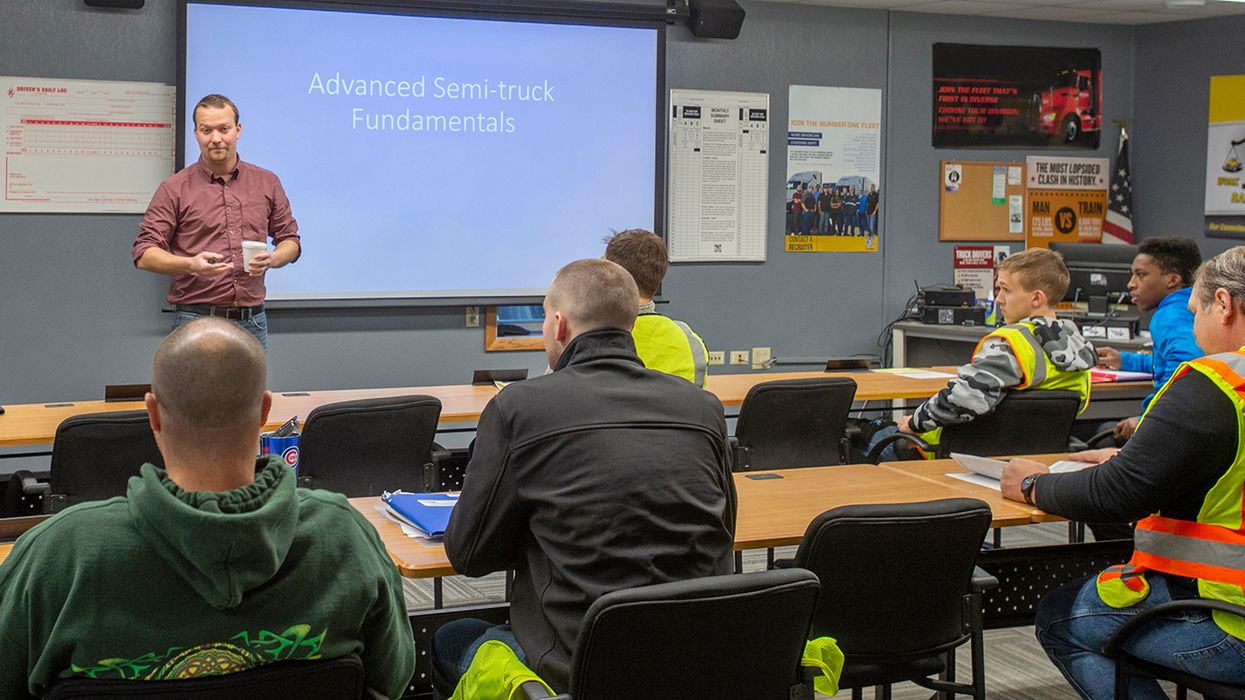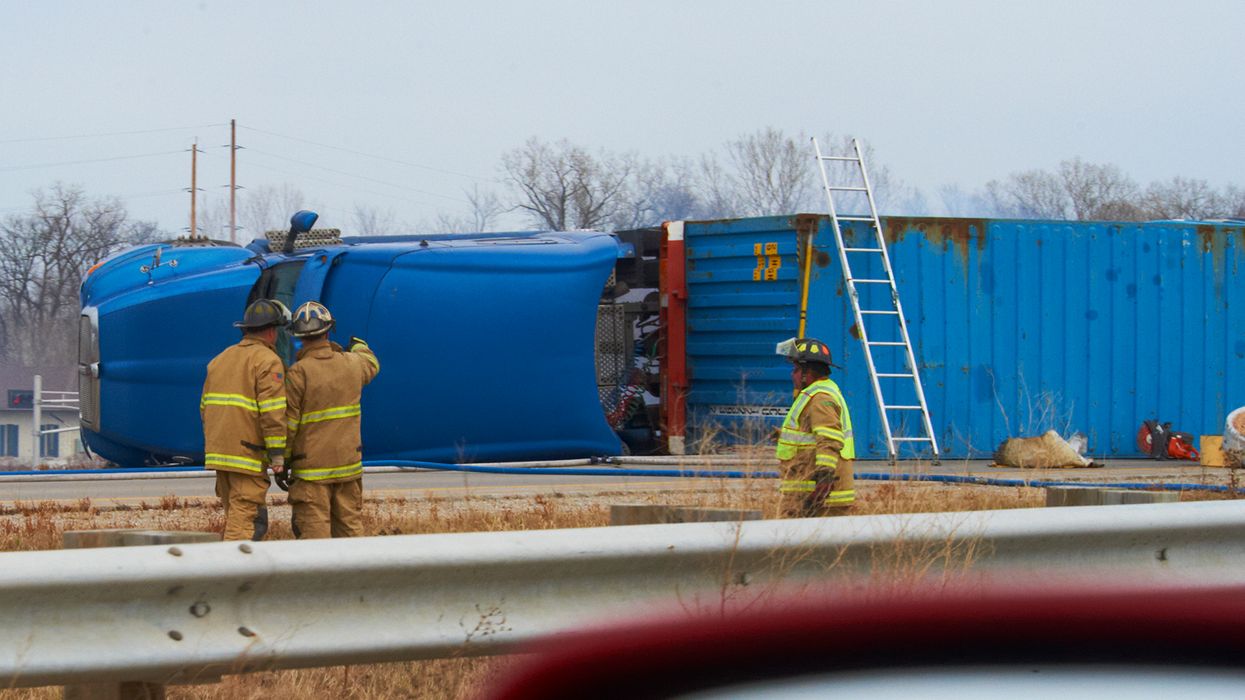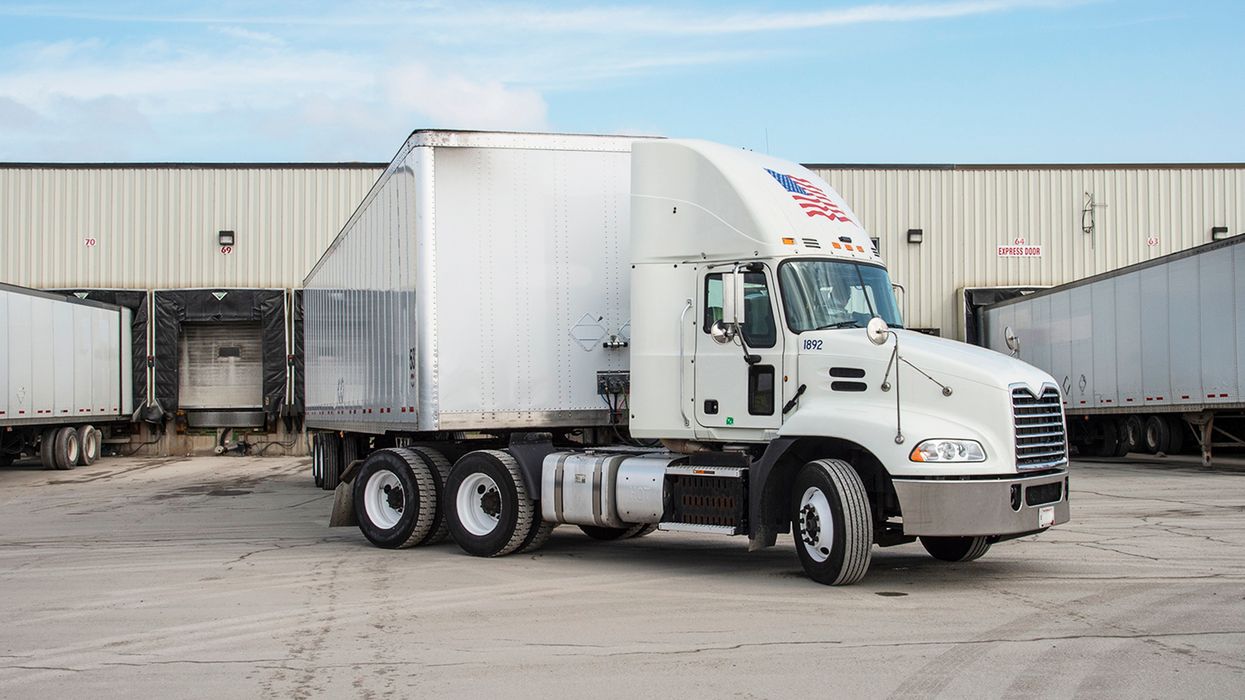Stress Handout - Construction Regulatory Alert
Understanding the causes of stress critical to health and safety
Now more than ever before, job stress poses a threat to workers’ health and, in turn, to the health and safety of organizations. Job stress can be defined as the harmful physical and emotional responses that occur when the job requirements don’t match the worker’s capabilities, resources, or needs. Job stress can lead to poor health and even wellness issues like injury and illness.
This can pose a real challenge for safety managers who are always concerned about the safety of their workers and workplaces. While it is true that some stress is a good thing for most people, studies indicate that too much job stress has become a familiar and costly problem in the workplace. For example:
- One-fourth of workers view their jobs as the number one stressor in their lives.
- Three-fourths of workers believe that today’s workers have more on-the-job stress than a generation ago.
- Problems at work are more strongly associated with health complaints than are any other life stressor—more so than even financial problems or family conflicts.
Effects on the body
Stress sets off an alarm in the brain, which responds by preparing the body for defensive action. The nervous system is aroused, and hormones are released to sharpen the senses, quicken the pulse, deepen respiration, and tense the muscles.
This response (sometimes called the fight or flight response) is important because it helps us defend against threatening situations. The response is preprogrammed biologically. Everyone responds in much the same way, regardless of whether the stressful situation is at work or home.
Short-lived or infrequent episodes of stress pose a minor risk. Still, when stressful situations go unresolved, the body is kept in a constant state of activation, which increases the rate of wear and tear to biological systems. Ultimately, fatigue or damage adversely affects the body’s ability to repair and defend itself. As a result, the risk of injury or disease can escalate.
In the past 20 years, many studies have looked at the relationship between job stress and various ailments. Mood and sleep disturbances, upset stomach and headache, and troubled relationships with family and friends are examples of stress-related problems that are quick to develop and are commonly seen in these studies.
These early signs of job stress are typically easy to recognize. However, the effects of job stress on chronic diseases are more difficult to see because chronic diseases take a long time to develop and can be influenced by many factors other than stress.
Nonetheless, evidence is rapidly accumulating to suggest that stress plays a vital role in several chronic health problems—especially cardiovascular disease, musculoskeletal disorders, and psychological disorders.
Causes
Everyone agrees that job stress results from the interaction of the worker and the conditions of work. Views differ, however, on the importance of worker characteristics versus working conditions as the primary cause of job stress. These differing viewpoints are critical because they suggest different ways to prevent stress at work.
According to one school of thought, differences in individual characteristics, such as personality and coping style, are most important in predicting whether certain job conditions will result in stress. In other words, what is stressful for one person may not be a problem for someone else.
This viewpoint leads to prevention strategies that focus on workers and ways to help them cope with demanding job conditions. Although the importance of individual differences cannot be ignored, scientific evidence suggests that certain working conditions are stressful to most people. Such evidence argues for a greater emphasis on working conditions as the key source of job stress and job redesign as a primary prevention strategy.
Based on experience and research, the National Institute for Occupational Safety and Health (NIOSH) favors the view that working conditions play a primary role in causing job stress. However, the role of individual factors isn’t ignored.
According to the NIOSH view, exposure to stressful working conditions (called job stressors) can directly influence worker safety and health. Examples of individual and situational factors that can help to reduce the effects of stressful working conditions include the following:
- Create a balance between work and family or personal life.
- Develop a support network of friends and coworkers.
- Maintain a relaxed and positive outlook on life in general.
Stress, health, and productivity
Some employers assume that stressful working conditions are a necessary evil—that companies must turn up the pressure on workers (including managers) and set aside health and safety concerns to remain productive and profitable.
But research findings challenge this belief. Studies show that stressful working conditions are associated with increased absenteeism, tardiness, and intentions by workers to quit their jobs—all of which negatively affect the bottom line.
Recent studies of so-called healthy organizations suggest that policies benefiting worker health also help the bottom line. A healthy organization is defined as one that has low rates of illness, injury, and disability in its workforce and is also competitive in the marketplace.
NIOSH research has identified organizational characteristics associated with healthy, low-stress work and high levels of productivity. Examples of these characteristics include the following:
- Recognition of workers for good work performance,
- Opportunities for career development,
- An organizational culture that values the individual worker, and
- Management actions that are consistent with organizational values.
All of these characteristics contribute to a positive work environment. Managers must assume shared responsibility for promoting a positive and healthy work environment and not rely exclusively on workers initiating their own self-care practices.
This may seem unrealistic at first, but managers today face multiple challenges, including supplying energy and passion, promoting a positive attitude, and creating an environment in which people feel connected to their work and their colleagues.
Prevention
Low morale, health and job complaints, and worker turnover often provide the first signs of job stress. But sometimes, there are no clues, especially if workers are fearful of losing their jobs. Lack of obvious or widespread signs isn’t a good reason to dismiss concerns about job stress or to minimize the importance of prevention.
You can help prevent stress in the workplace by:
- Ensuring that the workload is in line with workers’ capabilities and adequate resources are available (e.g., personal protective equipment).
- Holding regular meetings to plan, problem-solve, recognize safety accomplishments, and promote staff cohesiveness.
- Clearly communicating the rationale behind safety changes and performance expectations (e.g., injury reporting).
- Creating a formal worker safety suggestion system and encourage staff to contribute.
- Resolving safety issues early and quickly.
- Preparing workers for tasks that they may perform through technical training.
- Acknowledging that work is often stressful and connect workers to professional help if necessary (e.g., worker assistance program).
- Promoting an atmosphere where attention to one’s emotional state is acceptable and encouraged rather than stigmatized or disregarded.


















































